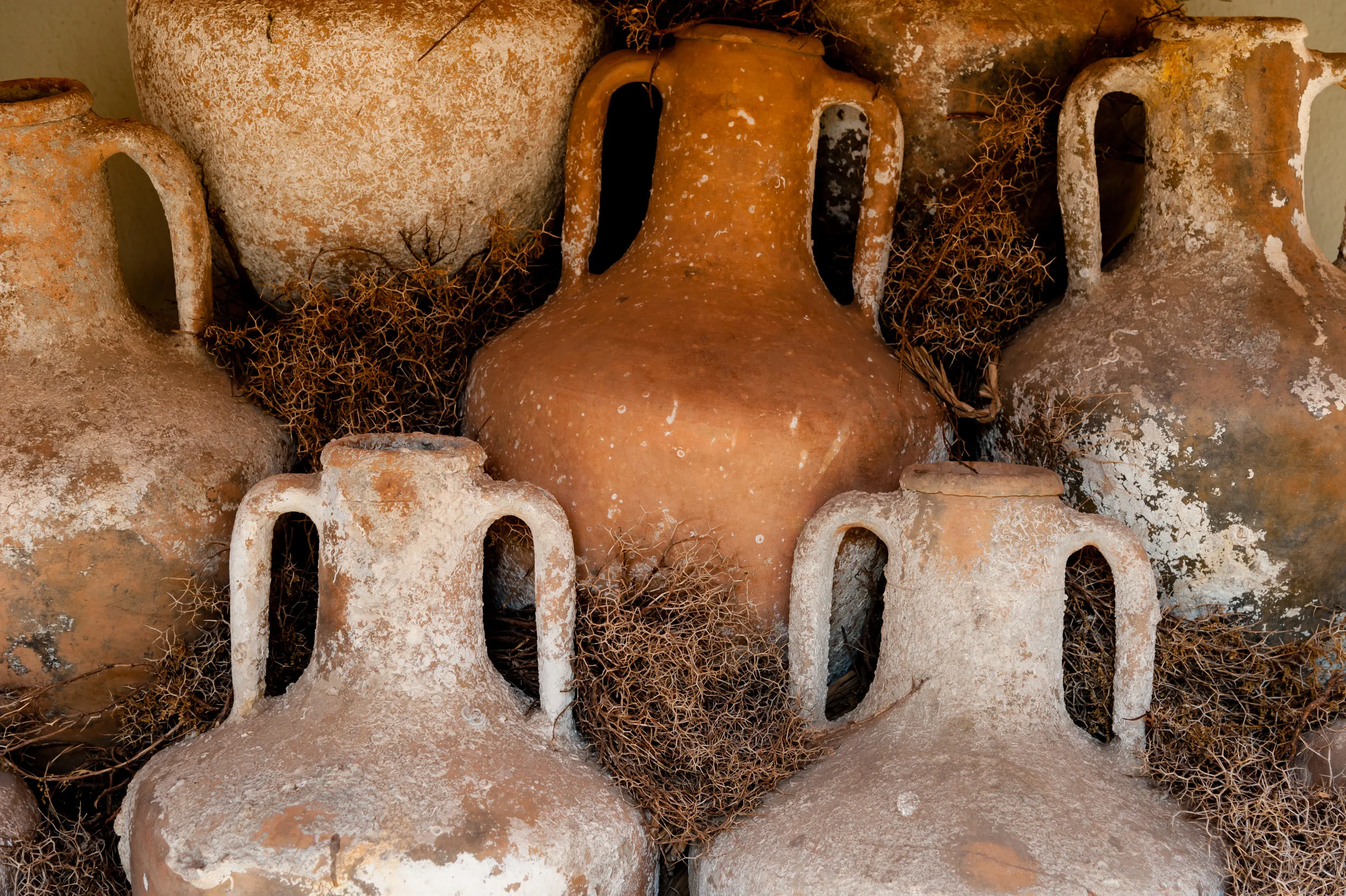Where was the first evidence of wine discovered?
Archaeological remnants of wine consumption and wine production have been discovered in many parts of the world, including China, Georgia and Greece. It is difficult to pinpoint exactly where the origins began, but the oldest evidence discovered was in Georgia dated sometime between 6,000–5,800 BC.
Who was drinking wine after its origination?
The consumption of wine quickly grew in many religious rituals and was considered a very spiritual and sacred practice. Since biblical times the consumption of wine has been included in many Jewish and Christian practices and was widely consumed by church members routinely. Wine also played a vital role in the the ceremonial life of ancient Egyptians, who were drinking mostly red wine and had developed a deep superstition about the color of the liquid being similar to blood.
How did the production of wine become an industry on its own?
Ironically enough, we have a sturdy group of monks to thank for the growth of wine as an actual industry- the Benedictine monks. In France and Germany, these monks grew wine production into an industry of its own and even began shipping barrels of their wine to other European countries.
When did wine make it to North America?
As Europeans began to discover the new continent, they also discovered that making wine from the native grape plants was not as delicious. While Spanish conquistadors were discovering South America and perfecting the growth of grape vines in those regions, the French began importing French grapevines into Virginia. A combined effort between the French and Spanish explorers would lead to the eventual successful cultivation of present day California.
Sources:
https://vinepair.com/wine-colonized-world-wine-history/#16
https://en.wikipedia.org/wiki/History_of_American_wine
https://en.wikipedia.org/wiki/History_of_wine


